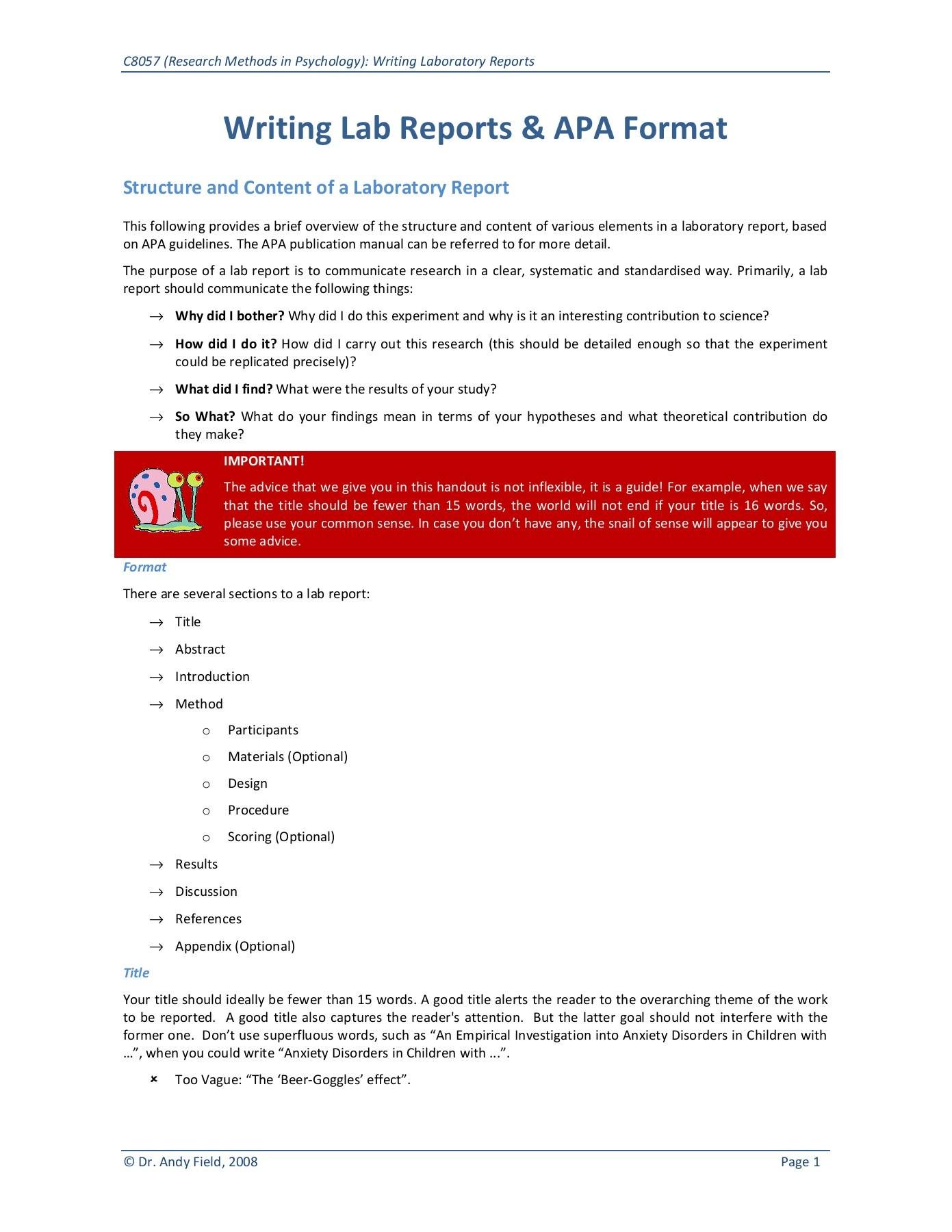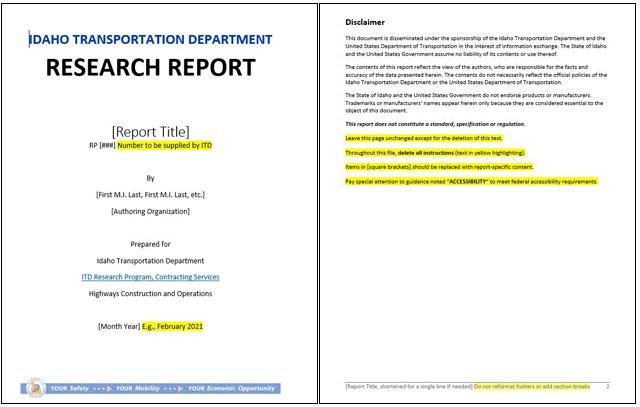research report example psychology

Introduction
In the dynamic and ever-evolving field of psychology, research reports serve as vital instruments for translating complex data into insightful narratives. These reports encapsulate rigorous scientific inquiry, weaving together the threads of hypothesis, methodology, and analysis to reveal the intricacies of human behavior and mental processes. For students, professionals, and curious minds alike, understanding the structure and substance of a well-crafted research report is essential. This article delves into specific examples of research reports within the realm of psychology, showcasing how empirical evidence is transformed into actionable insights that advance our understanding of the mind. From exploring the impact of cognitive therapy on anxiety disorders to examining the effects of social media on self-esteem, these reports not only illuminate findings but also provide a roadmap for future research. Join us as we dissect the components of a research report, offering practical guidance and illustrative examples that highlight the significance of this genre in the discipline of psychology.
Understanding the Structure of a Psychology Research Report
The structure of a psychology research report is meticulously organized to ensure clarity and coherence, allowing readers to follow the research process seamlessly. Typically, this structure consists of several key sections, each serving a distinct purpose. These sections may include:
- Abstract: A brief summary of the research objectives, methods, results, and conclusions.
- Introduction: An overview of the background information, research questions, and hypotheses.
- Method: A detailed account of the research design, participants, materials, and procedures.
- Results: Presentation of data findings, often supported by tables or graphs.
- Discussion: Interpretation of results, implications, and potential limitations.
- References: A list of all sources cited in the report.
Each section plays a crucial role in enhancing the reader’s understanding of the research being presented. For instance, the Results section often incorporates tables to visually represent data. Here’s a simple example of how this might look:
| Group | Mean Score | Standard Deviation |
|---|---|---|
| Control | 75 | 10 |
| Experimental | 85 | 8 |
This table demonstrates the summarization of numerical findings, enabling readers to grasp data comparisons quickly. By adhering to this structured format, psychology research reports foster a standardized communication style that enhances the integrity and replicability of research within the field.

Key Elements That Enhance Clarity and Coherence
To foster a seamless flow in a research report, particularly in the field of psychology, several elements play a crucial role. Consistency in terminology and style across the document ensures that the reader can easily follow the argumentation without confusion. Additionally, logical structure—including well-defined sections such as introduction, methodology, results, and discussion—enables the reader to navigate the content effortlessly. Utilizing transitional phrases between paragraphs and sections can also significantly enhance the report’s readability, making the connections between ideas clear and prominent. Moreover, incorporating visual aids such as graphs or tables can provide clarity, allowing the reader to grasp complex data more intuitively.
The necessity of a summary table to distill key findings is worth noting. A well-structured table can encapsulate the essence of the research, highlighting significant correlations or differences in psychological phenomena. Additionally, an emphasis on plain language aids in drawing in a broader audience, avoiding technical jargon that may alienate some readers. When articulating results, employing bullet points to list findings or implications can further clarify complex ideas, allowing for immediate comprehension without extensive reading. Here’s a simple table illustrating how clarity can be operationalized:
| Element | Description |
|---|---|
| Consistency | Uniform use of terms and style throughout the report |
| Logical Structure | Clear division of sections for easy navigation |
| Transitional Phrases | Words and phrases connecting ideas smoothly |
| Visual Aids | Charts and graphs to simplify complex data |
| Plain Language | Avoidance of jargon for broader understanding |

Analyzing Research Methodologies in Psychological Studies
Research methodologies in psychological studies are diverse, reflecting the complexity of human behavior and the need for varied approaches to capture it effectively. Quantitative methods, characterized by numerical data and statistical analysis, allow researchers to identify patterns and relationships across large samples. In contrast, qualitative methods focus on understanding experiences and perceptions through interviews, open-ended surveys, and observations. This diversity helps in tailoring research designs that best address specific questions, leading to more insightful outcomes.
Furthermore, it is essential to consider the ethical implications and validity of each methodology. Researchers must ensure that their studies maintain confidentiality, informed consent, and debriefing to protect participants. Additionally, employing a mixed-methods approach can enhance the robustness of findings, as it combines the strengths of both quantitative and qualitative analysis. The following table provides a quick comparison of these methodologies:
| Methodology Type | Strengths | Limitations |
|---|---|---|
| Quantitative |
|
|
| Qualitative |
|
|

Practical Tips for Crafting Your Own Research Report
html
When embarking on your journey to create a research report in psychology, it's essential to structure your writing effectively. Begin with a clear Introduction that sets the stage for your research question and hypotheses. This section should articulate the significance of your study, providing context and background that resonates with your audience. Next, ensure that you include a Review of Literature that synthesizes relevant studies which lend credibility to your investigation. Highlight key findings and gaps in existing research to justify your inquiry.
As you dive into the Methods section, be specific about your research design, sample size, and data collection techniques. This transparency allows readers to understand how your results were obtained. In the Results section, present your findings clearly, using tables or figures where applicable to enhance comprehension. Lastly, the Discussion should interpret your results, linking them back to your initial hypothesis while suggesting implications for future research. Consider summarizing practical insights with concise bullet points:
- Define your objectives clearly.
- Cite recent studies to support your claims.
- Use visuals to illustrate complex data.
- Engage readers with concise conclusions.
Insights and Conclusions
As we conclude our exploration of research report examples in psychology, it’s essential to recognize the intricate tapestry woven by rigorous investigation and thoughtful analysis. These reports serve not only as a reflection of the prevailing theories and empirical evidence but also as crucial tools for advancing our understanding of the human mind and behavior. By dissecting key components—ranging from a clearly articulated introduction to the definitive conclusions drawn from data—ambitious researchers can contribute significantly to the field.
Understanding the framework of an effective research report, such as the APA style with its structured sections and clear guidelines, empowers aspiring psychologists to present their findings coherently and persuasively. As we continue to navigate the complexities of psychological research, let us embrace the clarity and depth that well-crafted reports can provide, fostering an environment where knowledge thrives and innovation flourishes. In this way, each research endeavor adds a vibrant piece to the puzzle of human experience, prompting deeper inquiry and inspiring future studies.




